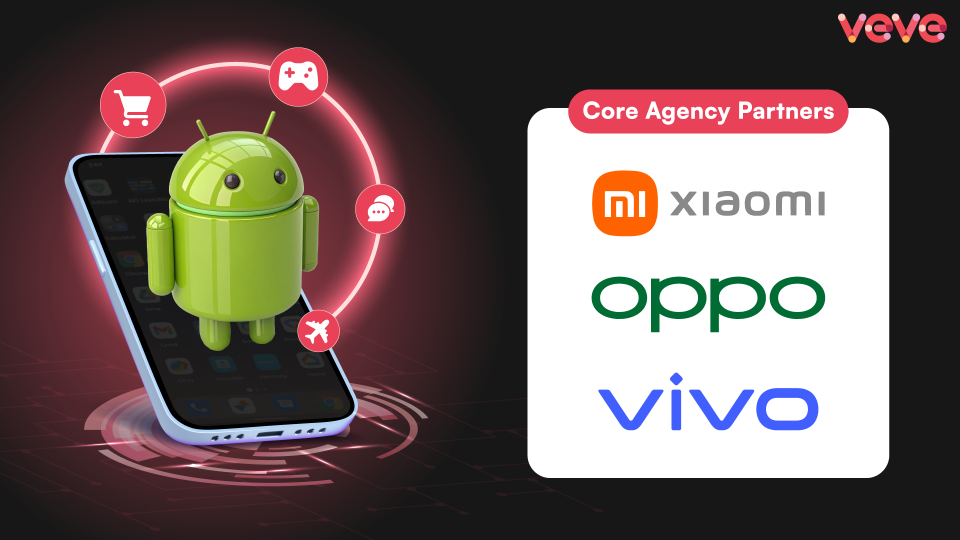Change isn’t coming; it is already here. People’s lives, behavior patterns, and consumption habits have changed profoundly. For instance, when people still worked in an office, the time taken to travel was spent reading the news or browsing through social media on their smartphones. Marketers were well-versed with these habits and aligned their campaign strategies to reach them accordingly. But this is no longer the case.
Work-from-home, which was once an option, is now the norm. With this, customers’ consumption patterns also turned on its axis. A sub-trend that also emerged was the increasing dependency on smartphones. People are spending 4.2 hours1, on average on their smartphones. They pick up their smartphone at least 58 times2 a day, to perform several tasks. 69.4%3 of customers use their smartphones for online shopping; but handheld devices are now also instrumental for work, connecting with family and peers, banking, and entertainment.
In order to cater to the needs of this new, digital consumer marketers need to reimagine their three-to-five-year plans and transform their existing marketing strategies.
The rise of mobile-first marketing strategies
Gone are the days when marketers could get by with paid media campaigns on search and social media. While customers spent long hours on their smartphones, they were also increasingly fatigued with the influx of ads at every click and scroll. Further, the lack of accurate targeting meant that ads were shown to just about any customer. This resulted in the emergence of a disgruntled set of customers, banner blindness, wasted ad spends, and very disappointed advertisers.
Marketers were compelled to look for newer, more innovative advertising channels beyond search and social media. Advertising directly through mobile handsets (OEMs) has proven to be the go-to solution for some time. The unique, on-device placements it offers makes it an attractive and profitable channel that is worth exploring.
For instance, if the campaign goal is to drive performance marketing KPIs, marketers can resort to placing their ads natively on unique on-device touchpoints such as app stores, browsers, mobile apps, minus 1 screens, lock screens, and more. This will enable them to reach a highly interested customer base non-intrusively throughout their buying journey on mobile.
Understanding the need for smart ads
Smart marketers know the importance of smart ads. They know that the secret to driving real impact for their brand is to deliver personalized, targeted experiences to customers to capture their attention.
Performance marketing platforms like VEVE enable brands to run campaigns by leveraging its robust partnerships with leading mobile OEMs. With this, marketers can choose innovative ad formats (Tiles, Notifications, Universal) to run their ads on unique, on-device placements. Additionally, they can cherry-pick what type of customers they want to target based on demographics, interests, location, time of day, device, etc. in order to achieve their campaign objectives. This approach is helping marketers to reach the right customer and drive leads, sales, website visits, app installs, downloads, and more, to generate marketing ROI of up to 2X.
The takeaway
While the question of whether these media habits are temporary or permanent, marketers must nevertheless optimize their digital strategies to sustain business in these uncertain times. Undoubtedly, mobile is here to stay and will be the driving force for marketers, for a long time to come. It is imperative for them to invest in alternate channels such as mobile OEM advertising, which is proving to be the future of digital media.
Did you find this helpful?
Fill the form below to get more information on VEVE’s solutions in your inbox. Our sales rep will also reach out to you shortly.
1 https://techcrunch.com/2021/04/08/consumers-now-average-4-2-hours-per-day-in-apps-up-30-from-2019/?






